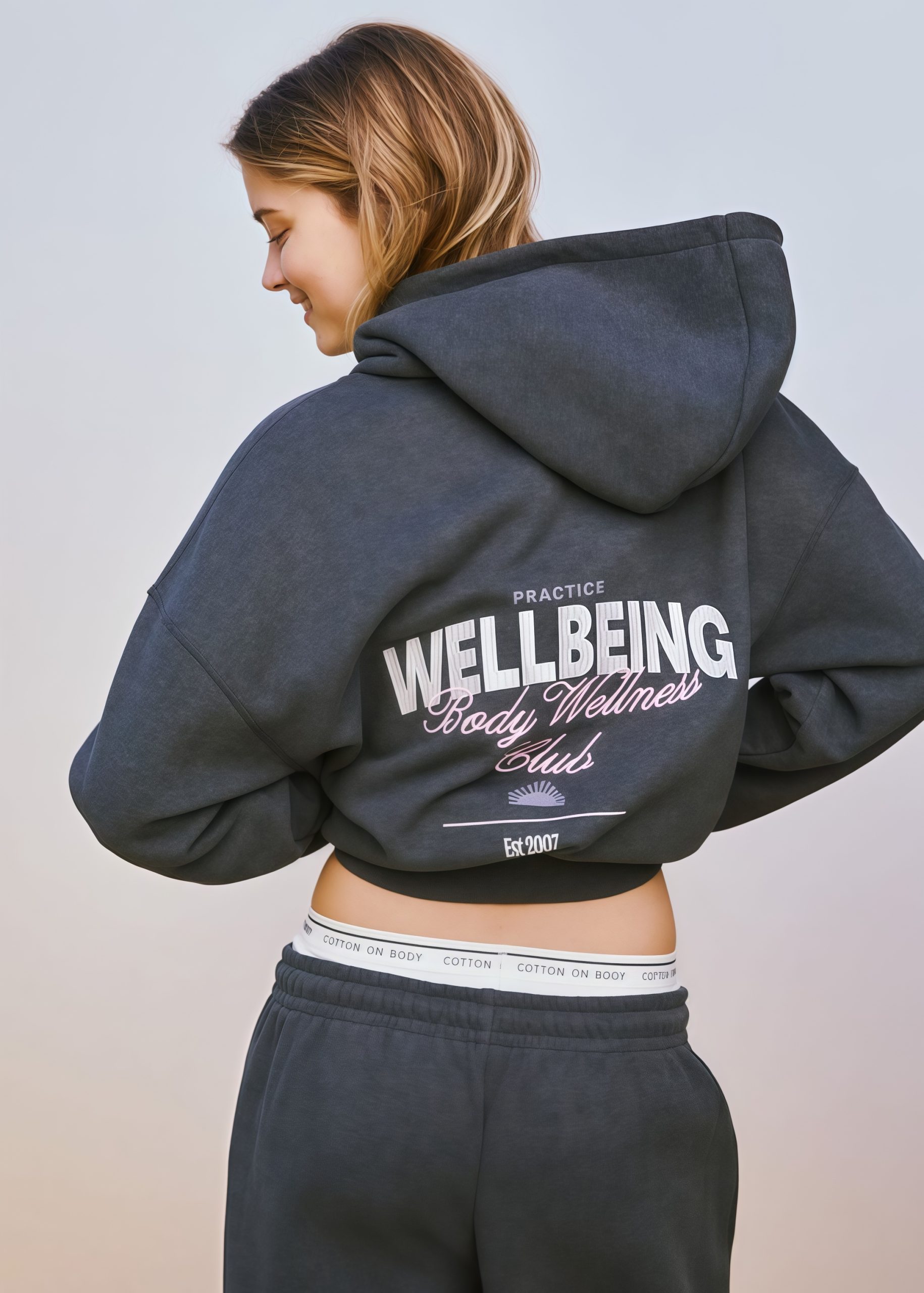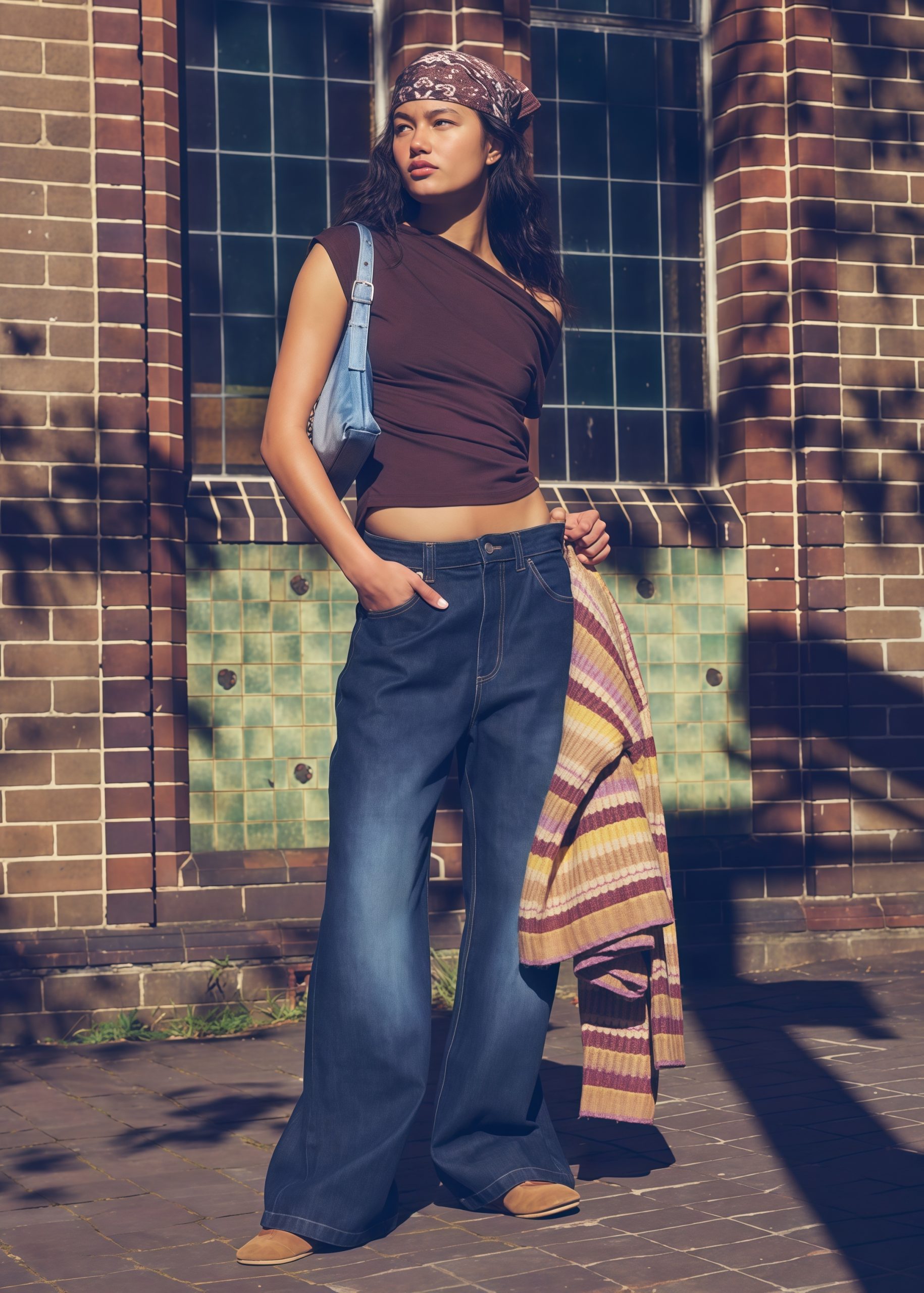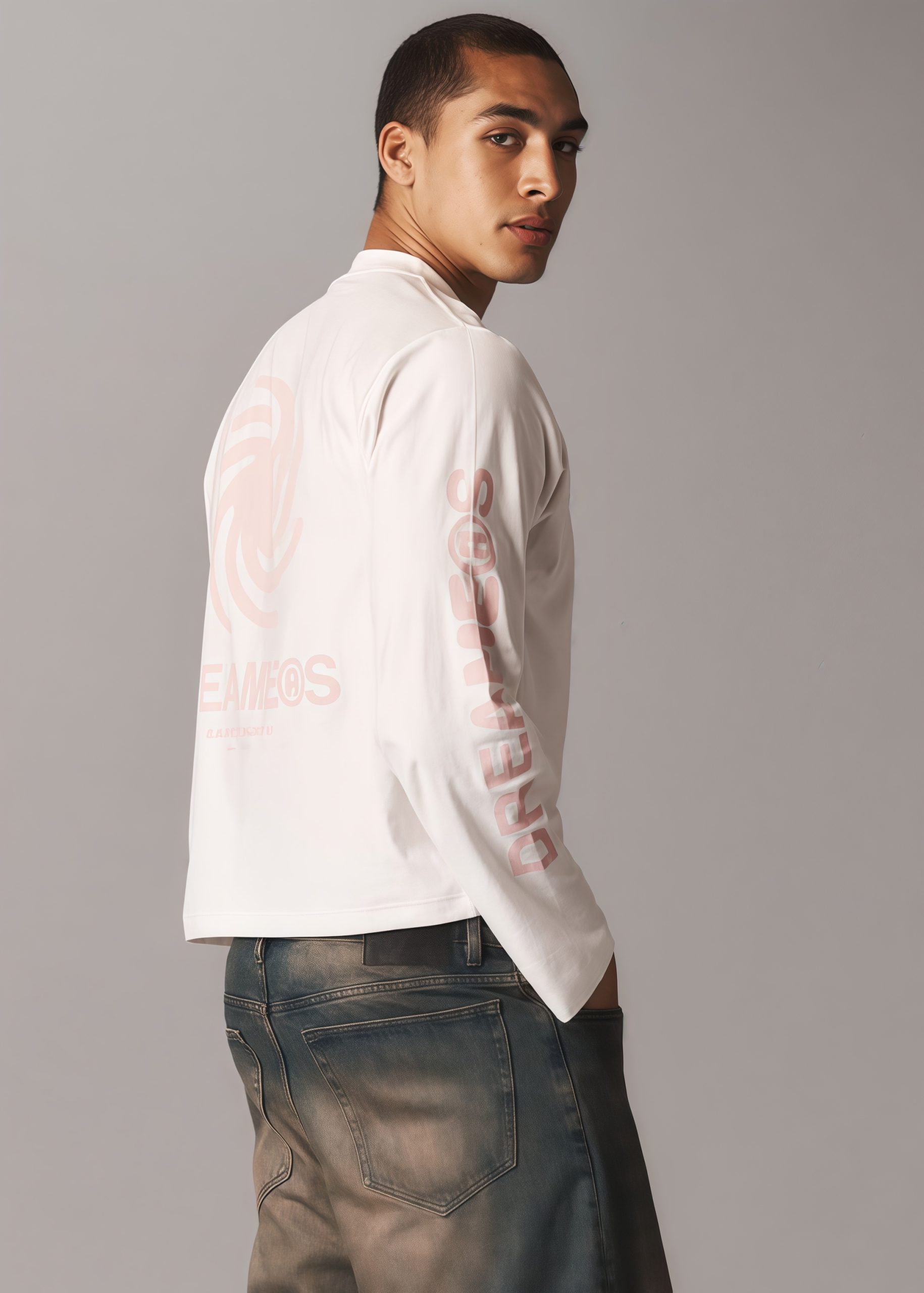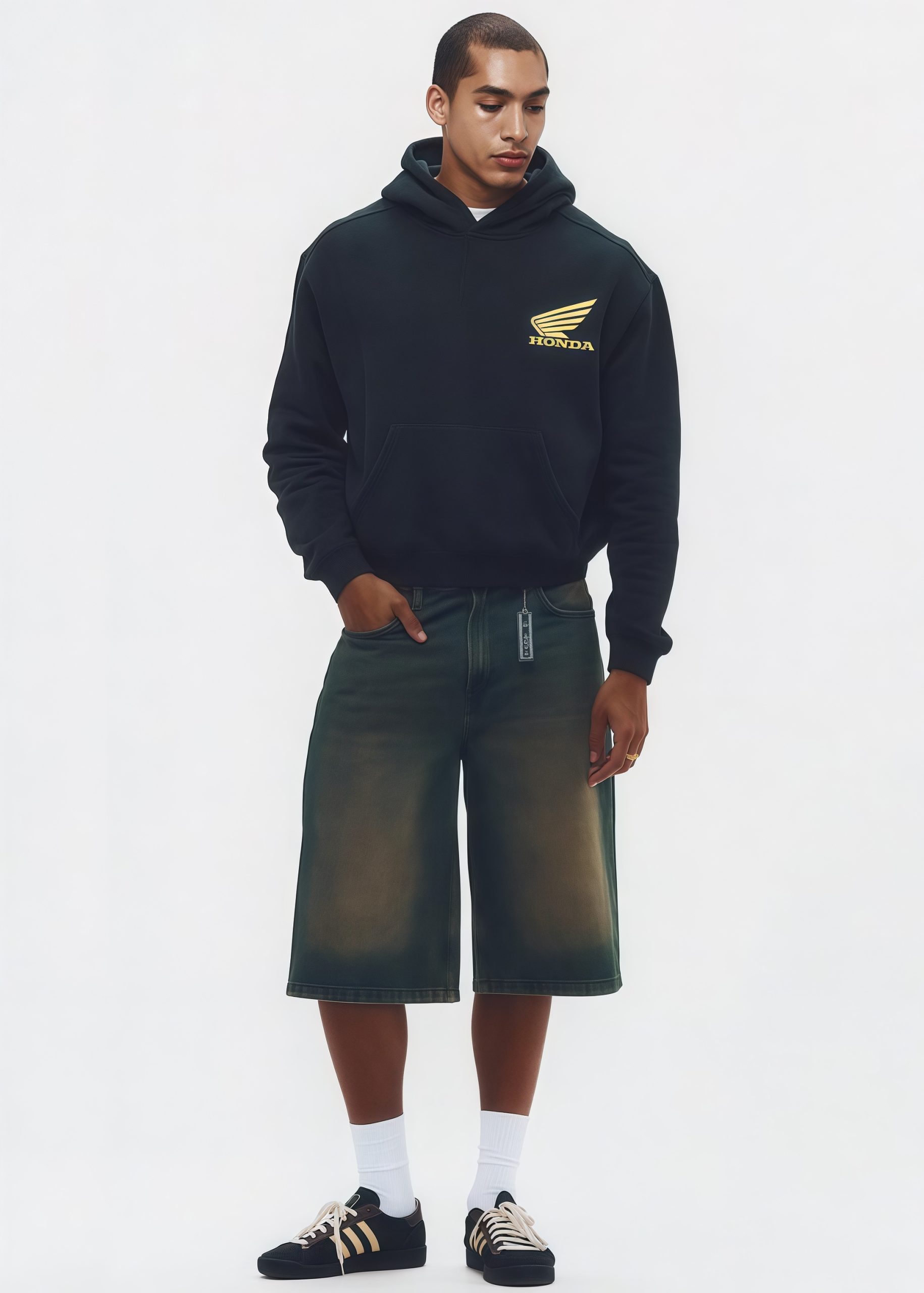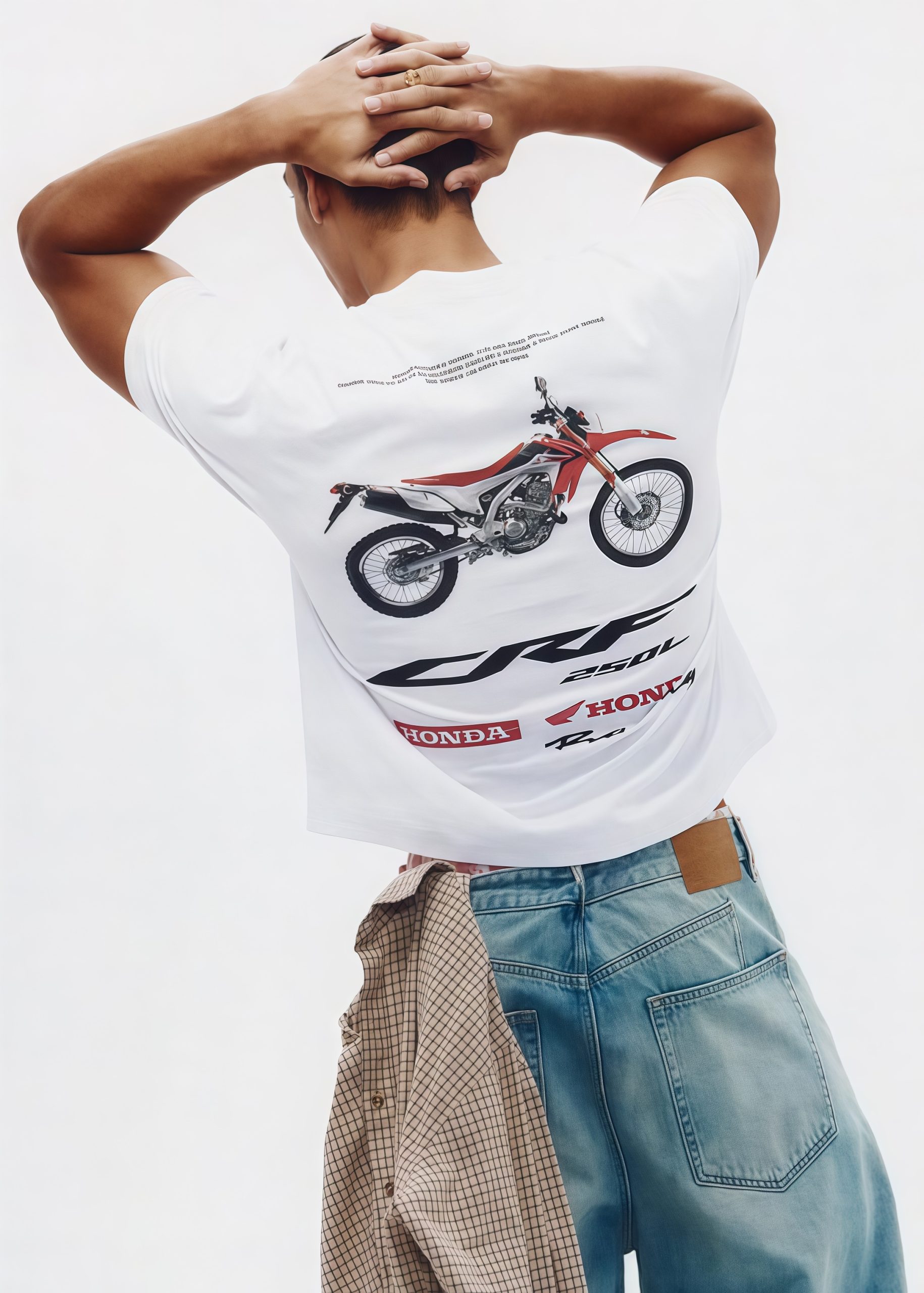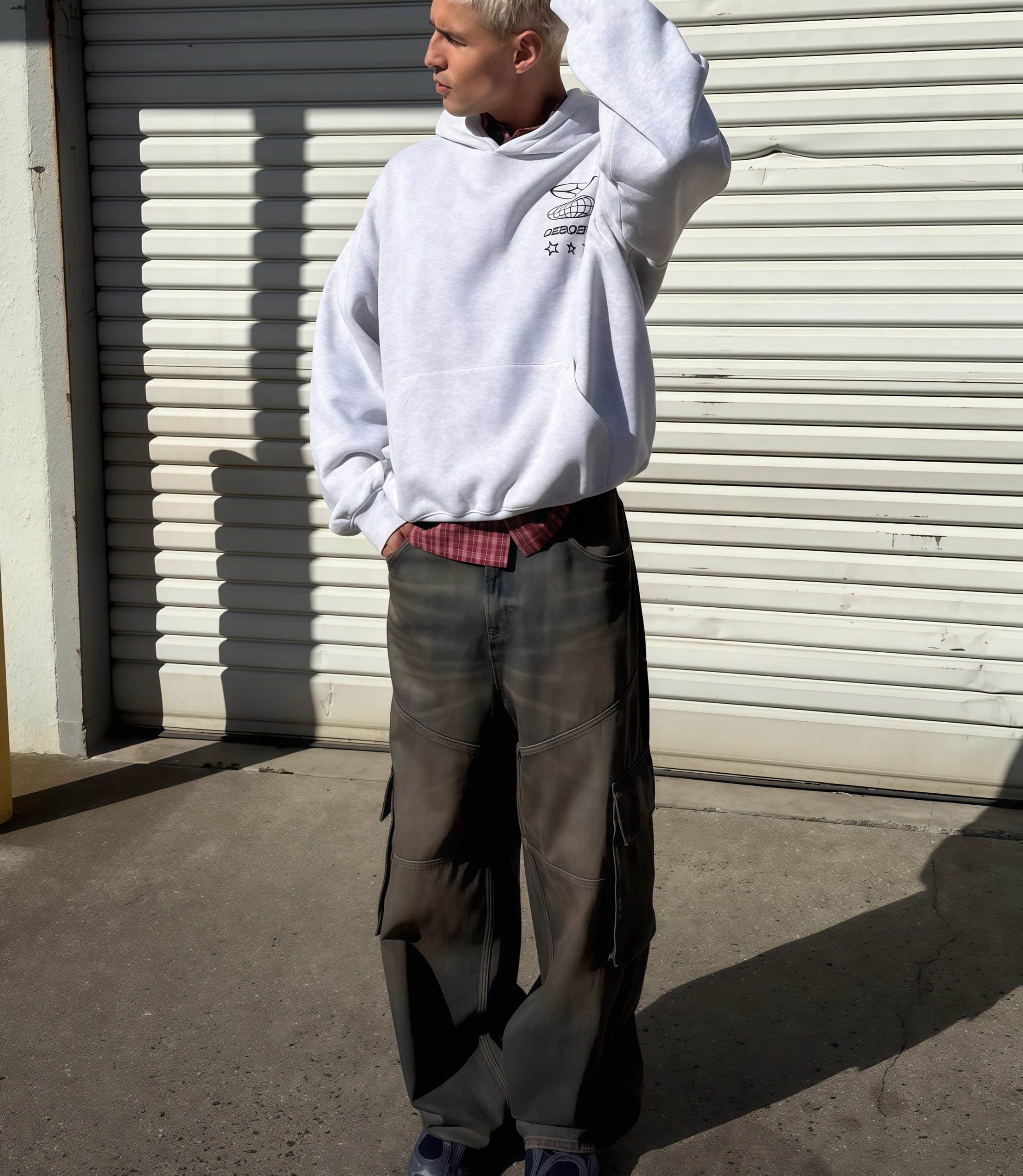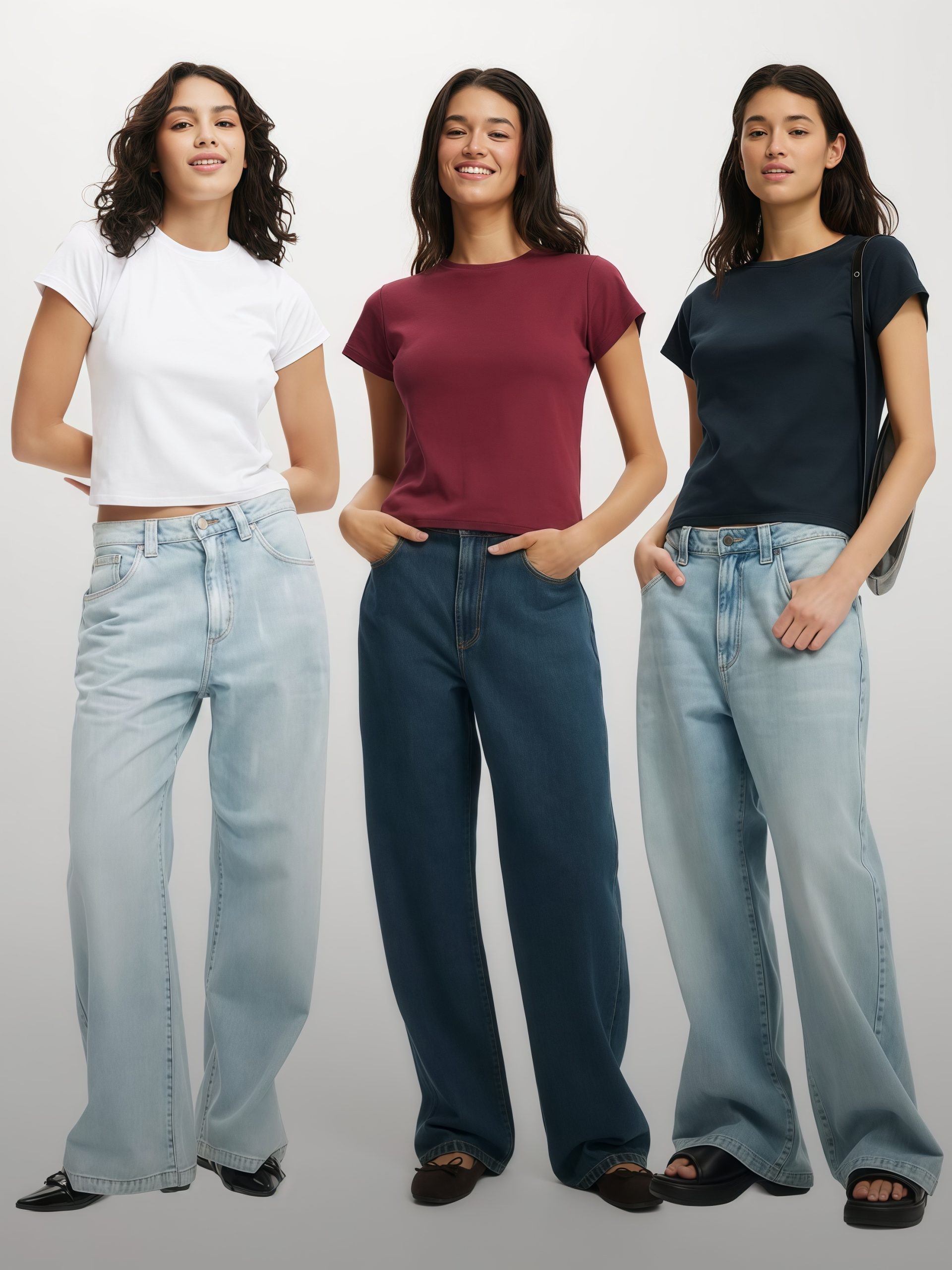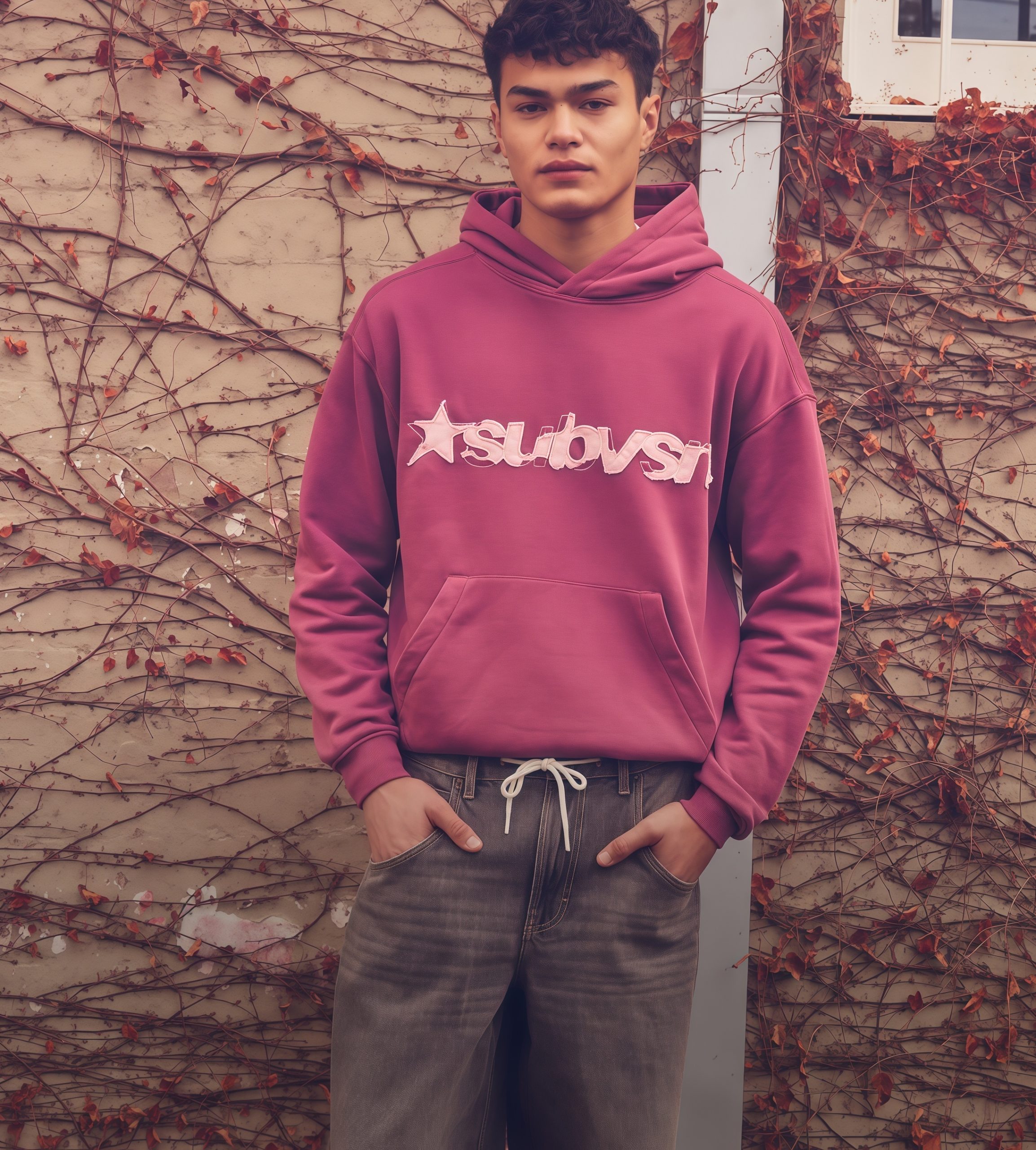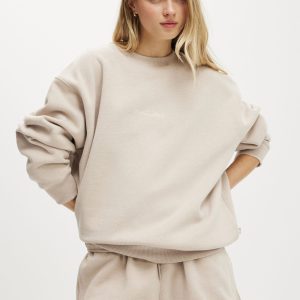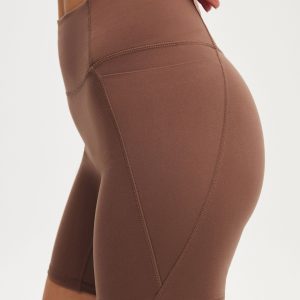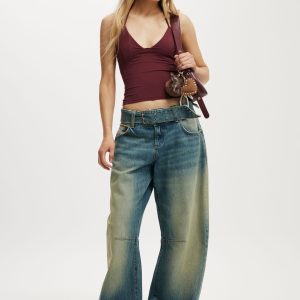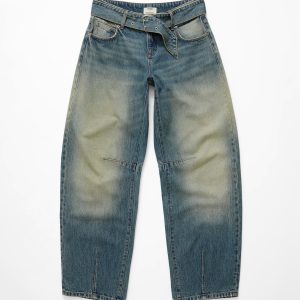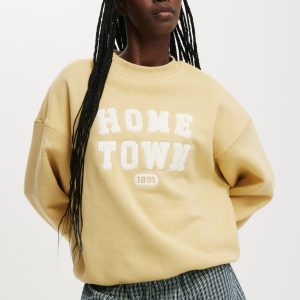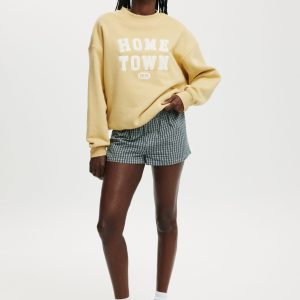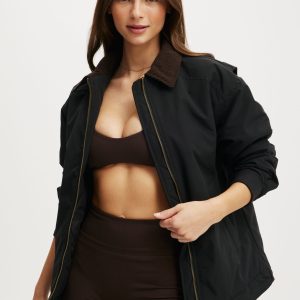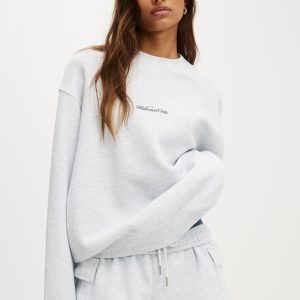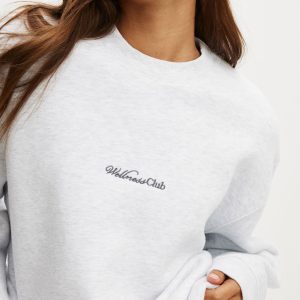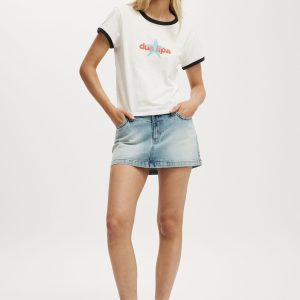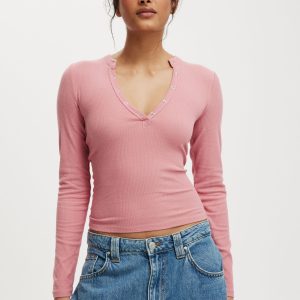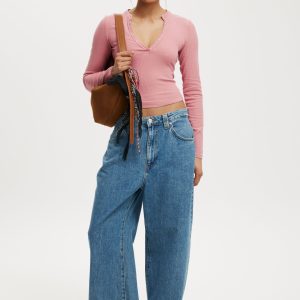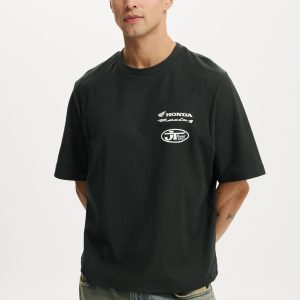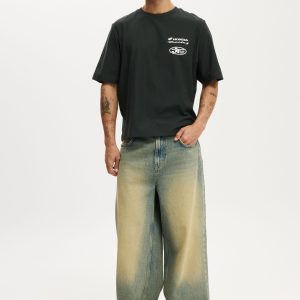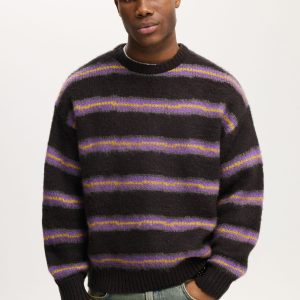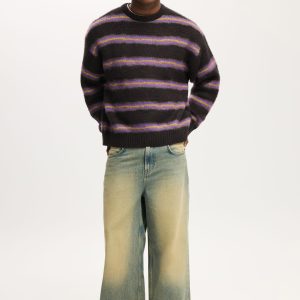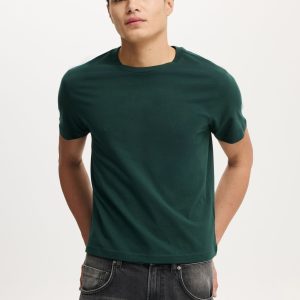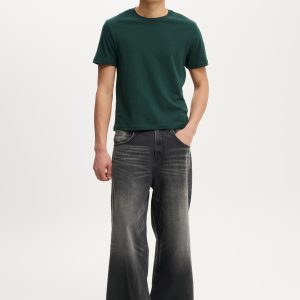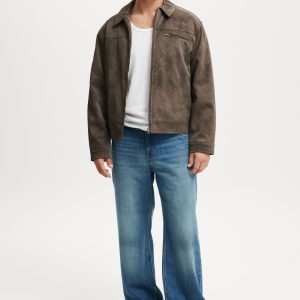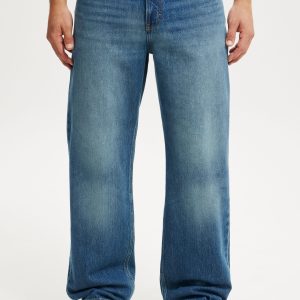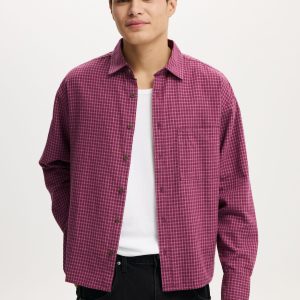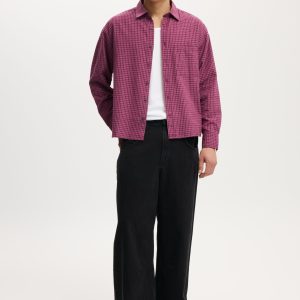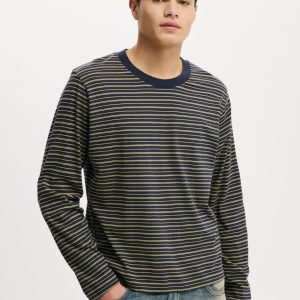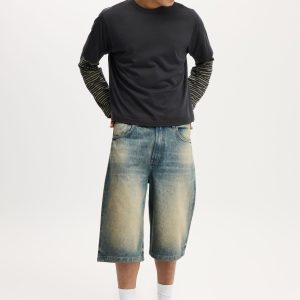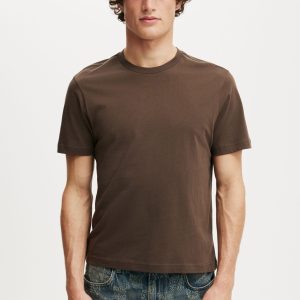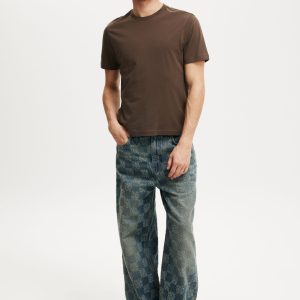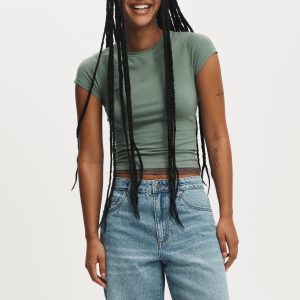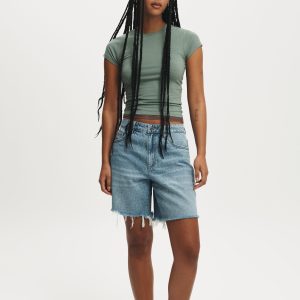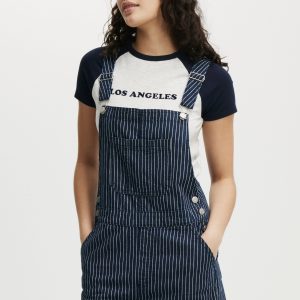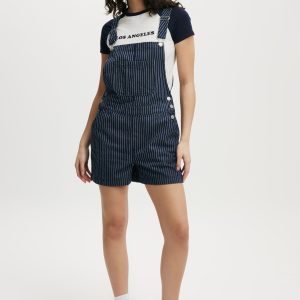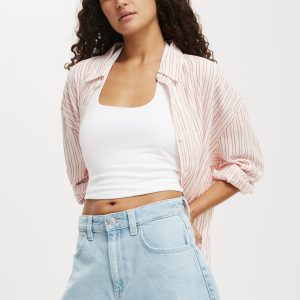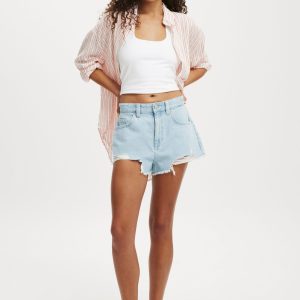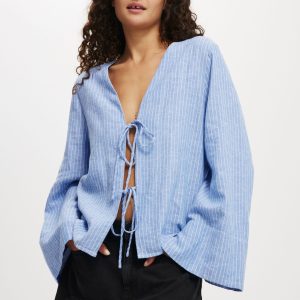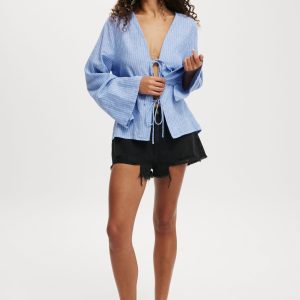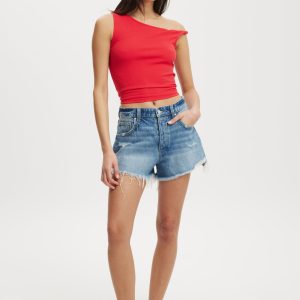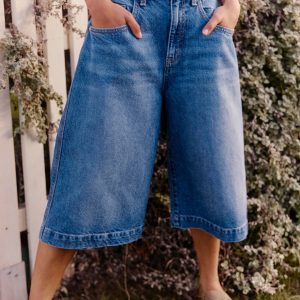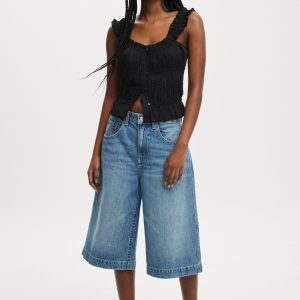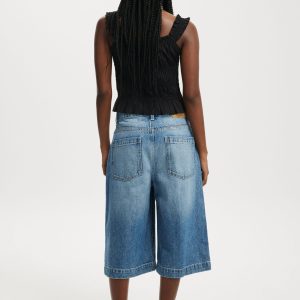Classic Recommendation.
The Conscious Closet: Navigating the Intersection of Menswear, Sustainability, and Longevity
I. Defining the Shift: From Rapid Consumption to Mindful Investment
The world of menswear is at an inflection point, moving from a model dominated by rapid consumption and trend cycles to one emphasizing mindfulness, longevity, and ethical consideration. This paradigm shift, often encapsulated under the banner of “sustainability,” is more than a fleeting concern; it represents a fundamental re-evaluation of how clothing is made, valued, and ultimately, disposed of. The Conscious Closet is the resultant philosophy: a commitment to curating a wardrobe built on quality, ethics, and enduring appeal, actively rejecting the environmental and social costs of disposable fashion.
The traditional fashion pipeline is notoriously resource-intensive, consuming vast quantities of water, energy, and raw materials, while generating significant pollution and textile waste. For menswear, which historically favors heavier materials and often more extensive finishing processes, this impact is profound. The necessity for change is clear, and it requires consumers to view their purchases not as temporary transactions, but as long-term investments in both personal style and global well-being.
The shift begins with a simple but profound principle: valuing fewer, better things. This means prioritizing durable construction, timeless design, and high-quality materials that are proven to withstand the test of time and repeated wear. The inherent sustainability of classic menswear lies in its aversion to fleeting novelty. A well-constructed woolen coat or a precisely tailored cotton shirt, when properly cared for, can remain a staple for decades, effectively neutralizing the waste created by the continuous cycle of buying and discarding. This focus on enduring quality is the most immediately accessible form of sartorial sustainability.
II. The Material Revolution: Sourcing the Sustainable Foundation
The foundation of a conscious wardrobe is the material itself. The environmental impact of a garment is often determined long before it reaches the final stage of production, beginning with the cultivation or creation of the fiber.
A. Rethinking Traditional Fibers
While natural fibers like cotton, linen, and wool remain superior for comfort and wearability, their sourcing is critical. The move towards organic cotton, which is grown without toxic pesticides and synthetic fertilizers, significantly reduces soil degradation and water pollution. Similarly, responsibly managed wool, sourced from producers committed to high standards of animal welfare and land stewardship, ensures a luxurious material without the ethical compromise. Linen, derived from flax, is inherently more sustainable, requiring less water and fewer chemicals than conventional cotton, and is entirely biodegradable. These traditional materials, when sourced with transparency and care, form the backbone of a responsible wardrobe.
B. The Rise of Regenerative and Recycled Materials
Innovation is now driving a material revolution, introducing fibers with a dramatically reduced footprint. Recycled materials, such as those derived from repurposing existing textiles or plastic waste, close the loop in the production cycle, reducing the demand for virgin resources and diverting waste from landfills. The incorporation of recycled polyester, for instance, in performance and outerwear pieces, offers the technical utility of synthetics without the full environmental burden of new petrochemicals.
More exciting are regenerative fibers and processes. This includes the use of innovative alternatives like hemp and specialized plant-based fibers, which often require minimal resources and can be grown using techniques that actively enrich the soil. Furthermore, advancements in textile science are leading to the creation of materials that mimic the performance and feel of traditional fibers, yet are engineered for rapid biodegradability at the end of their life cycle. A conscious consumer educates themselves on these certifications and material origins, using this knowledge as a filter for purchasing decisions.
III. Ethical Production: Beyond the Factory Floor
Sustainability is not limited to environmental concerns; it is inextricably linked to ethical production—the social responsibility embedded in the supply chain. A truly conscious garment must be made under conditions that ensure fair labor practices, safe working environments, and equitable compensation for all individuals involved in its creation.
A. Transparency and Traceability
The contemporary consumer demands transparency. They want to know the journey of their clothes: where the raw materials came from, who stitched the seams, and under what conditions. Brands that commit to ethical production actively provide this traceability, often partnering with third-party organizations to audit their supply chains. This commitment moves beyond simple compliance with local laws; it involves a dedication to fostering long-term, mutually respectful relationships with manufacturers and artisans.
For the menswear buyer, this means looking beyond the label and investigating the brand’s stated commitment to social welfare. An ethical product carries a fair price that reflects the true cost of production, including living wages and sustainable practices, rather than the artificially low prices characteristic of exploitation. The consumer’s dollar becomes a vote for a more humane industry.
B. The Value of Craftsmanship and Localism
The ethical framework often favors craftsmanship and, where possible, local or regional production. Artisanal methods, while sometimes slower, often result in higher-quality, more durable garments. The skilled craftsmanship involved in traditional tailoring, for example, is an investment in human skill and a rejection of automated, low-cost assembly.
Furthermore, concentrating production in regions with stringent labor laws and transparent oversight simplifies the ethical auditing process and reduces the carbon footprint associated with globalized logistics. By valuing and supporting these modes of production, the conscious consumer champions an industry model that is both high-quality and ethically sound.
IV. The Circular Wardrobe: Lifetime Care and Maintenance
The final, and perhaps most active, component of a conscious closet is the adoption of a circular mindset—a commitment to maximizing the lifespan of every garment and preventing it from becoming waste.
A. Maintenance as a Moral Imperative
Proper care is the single greatest act of sustainability a consumer can perform. Simple practices, like airing out wool and minimizing unnecessary washing, drastically extend a garment’s life. Understanding the specific care requirements of different fabrics—gentle washing for knits, professional cleaning for tailoring, appropriate storage for seasonal wear—is essential. Investing in tools like garment brushes, quality hangers, and repair kits is part of the overall investment in a sustainable wardrobe. A conscious wardrobe is a well-maintained one.
B. The Power of Repair and Alteration
The belief that clothing is disposable is a recent and destructive invention. Historically, garments were repaired, altered, and repurposed out of necessity and respect for the material. The modern consumer must re-embrace this ethos. Small repairs—a re-sewn button, a patched tear—are acts of defiance against disposability. Furthermore, an individual should view their tailor not just for initial fitting, but as a resource for lifetime alteration. Adjusting a jacket’s fit or changing the break of a trouser allows an existing garment to adapt to changes in personal size or evolving style preferences, dramatically extending its utility.
C. End-of-Life Responsibility
When a garment has truly reached the end of its useful life in its original form, the conscious consumer seeks out responsible end-of-life solutions. This might involve donating it to a reputable organization that ensures its further use, or utilizing textile recycling programs that can process the materials into new fibers or industrial cloth. The goal is to ensure that no garment ends its journey in a landfill.
In conclusion, the intersection of menswear and sustainability is fostering a richer, more thoughtful approach to dressing. The Conscious Closet is not a restrictive movement but an empowering one, where every purchase is a deliberate, informed choice. It champions the enduring value of quality over quantity, transparency over opacity, and longevity over immediacy. The style of the future is not simply what looks good, but what does good—a wardrobe built on integrity, designed to last, and worn with a clear conscience.




